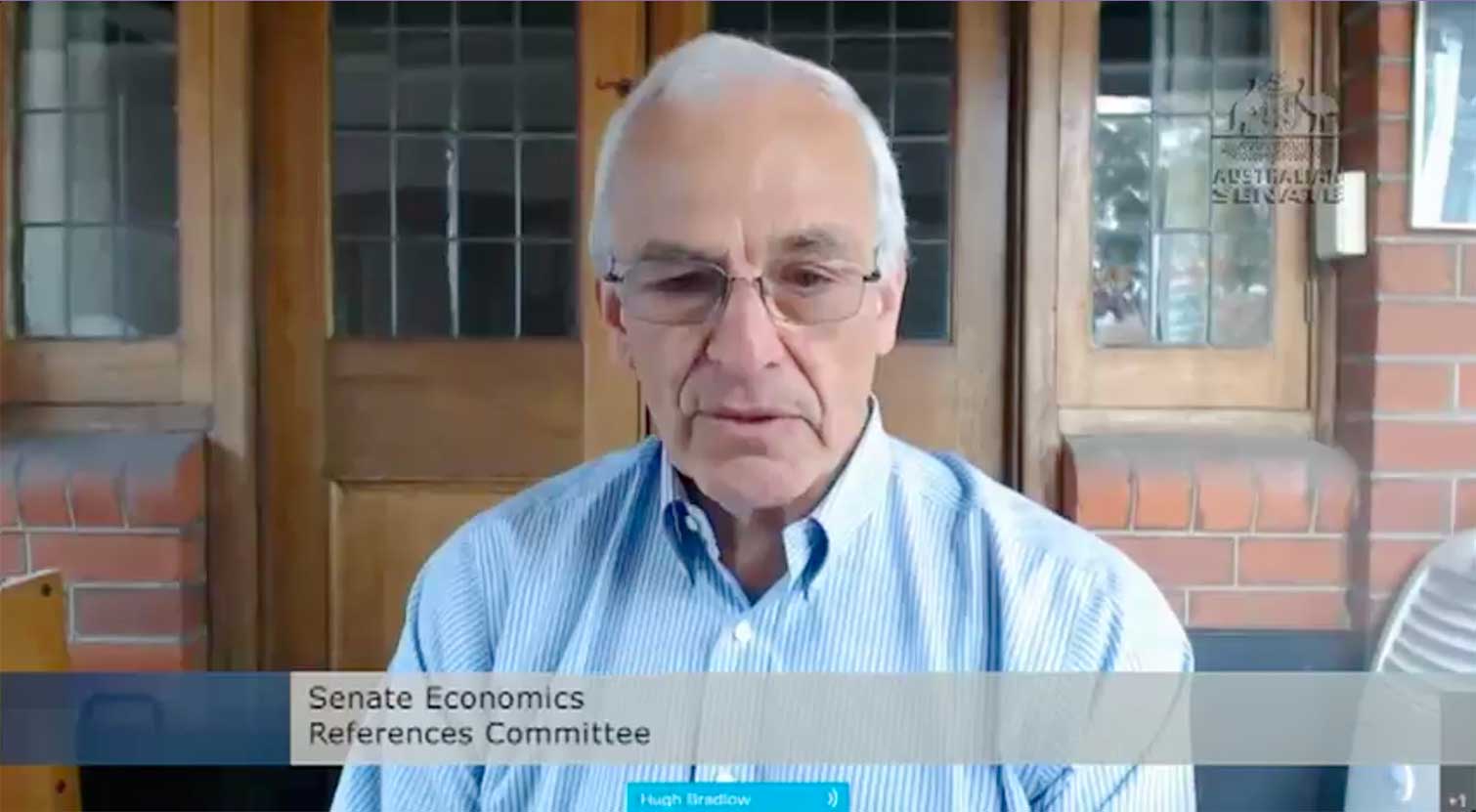
Australian Manufacturing Industry Hearing - Opening remarks
As we gather for this meeting from different places around Australia, I would first like to acknowledge the traditional custodians of the lands from which we meet. I am joining you today from Wurundjeri land of the Kulin nation. I pay respect to elders past and present, and to any Aboriginal and Torres Strait Islander people who join us online today. As we share and discuss our own knowledge and practices, we acknowledge the deep knowledge forever embedded in custodianship of Country.
The Australian Academy of Technology and Engineering, or ATSE, is comprised of Australia’s leaders in applied science, technology, and engineering who are elected to the Fellowship based on their accomplishments through a rigorous peer reviewed process. Our goal is to provide Australian governments and the public impartial, practical, and evidence-based advice on how to apply technology to solve some of Australia’s biggest challenges, including achieving sustainability while maintaining Australia’s prosperity.
The COVID-19 pandemic has shown us how important supply chains and sovereign capability are, especially in sectors like manufacturing. While the manufacturing sector may have contracted in Australia in recent years, new technology such as Industry 4.0, offers an unprecedented opportunity to create a globally competitive manufacturing industry.
The right strategic investments made now can enable Australia to reduce our dependence on volatile international supply chains or changes to international regulations, or international relationships.
A strong manufacturing sector can provide more than prosperity, it can provide economic resilience, unleash regional development and improve our quality of life through new products and services.
It is important to understand that manufacturing is more than just making goods. It starts with research and development in new technologies and solutions. Technologies such as Industry 4.0, digital twins, additive manufacturing, recycling at the products end of life, recycling and recovery of critical metals such as lithium which are going to be in increasingly short supply, and even radical new technologies such as quantum computing, will all play a role in our future manufacturing capability.
With the right policy settings and incentives, a thriving manufacturing sector will take advantage across this entire process creating economy wide benefits. Regulations such as the right-to-repair which are already being considered can drive the process.
The Australian economy already has strong foundations and natural advantages in renewable energy technologies, recycling, medical manufacturing, mineral processing, and food and beverage.
None of these benefits can be realised though without strong STEM skills and mechanisms to connect research and business to commercialise the work of our world-class researchers.
To build a thriving manufacturing sector it is the Academy of Technology and Engineering’s recommendation that Australia should:
- Use policy-levers and government procurement processes to drive the adoption of new technologies such as those mentioned above in the Australian manufacturing sector.
- Focus on building a STEM-skilled workforce at all levels and investing in these capabilities for small and medium enterprises.
- Improve collaboration between academia and industry to facilitate the rapid adoption of advanced new technologies by Australian industry.
- Take advantage of Australia’s bountiful renewable energy resources to setup new areas of manufacturing associated with a decarbonising economy
- The key role for government in this push for an Australian made future is to provide the regulatory levers to encourage technology adoption and the creation of skills in key priority areas.
The Academy can assist governments through the provision of advice and convening the skills embodied in our Fellowship to address the challenges of this new era. For example, over the past 4 years we have contributed a series of technology readiness reports in transportation, medical technology, and waste and recycling. These reports outline the strengths and opportunities for improvement of the country to create advantage in these areas through technology and policy settings. We would be more than happy to circulate these reports to the committee upon request.
ATSE would like to thank the committee for our chance to speak to you today and are pleased to answer any questions you might have.